From April to July 2017, The V&A loaned two paintings and three prints to the Bowes Museum, County Durham for their exhibition Painting the Stage: Garrick In Action.
Assistant Curator, Harriet Reed, visited the museum to find out more about our regional loans programme and the two museums’ historic relationship.
A visit to the Bowes Museum is always a joy – the huge French château-inspired building is one of the best decorative arts museum outside London, with a strong programme of exhibitions and displays.
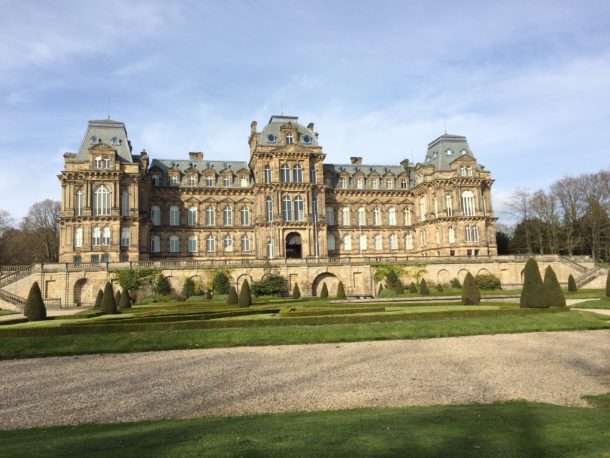
The Theatre & Performance and Word & Image Departments recently loaned 5 objects for display in the Bowes Museum’s exhibition Painting the Stage: Garrick In Action, which examined the famous actor’s patronage of portraiture, while celebrating the Bowes’ recent acquisition of two significant paintings by Johan Zoffany.
The two portraits the Theatre & Performance Department loaned came from our large collection of theatrical paintings, which constitutes around 200 artworks ranging from the 17th century to the present day. They are unique records of a performance, but they are not always historically reliable – the players, commissioners and most crucially the artists may have all had an input.
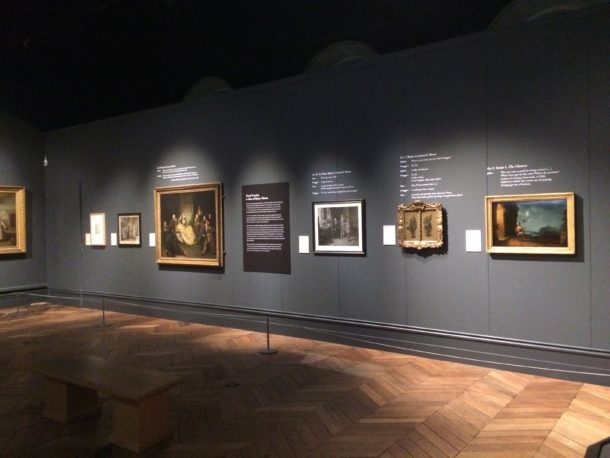
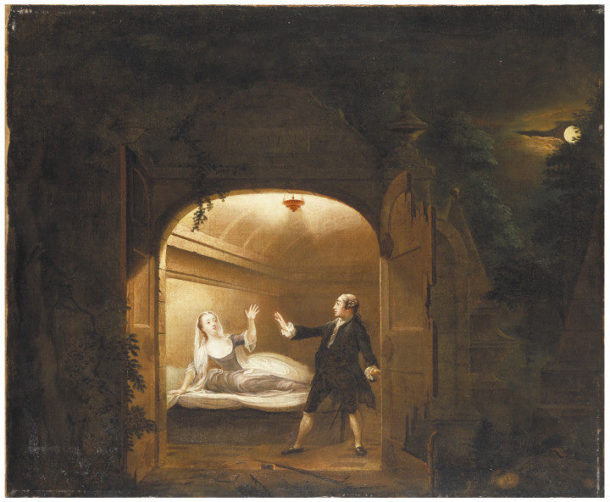
As part of my visit I spoke to the Bowes’ Curator of Fine Art Bernadette Petti, who gave me an introduction to the collection and a tour of the paintings stores.
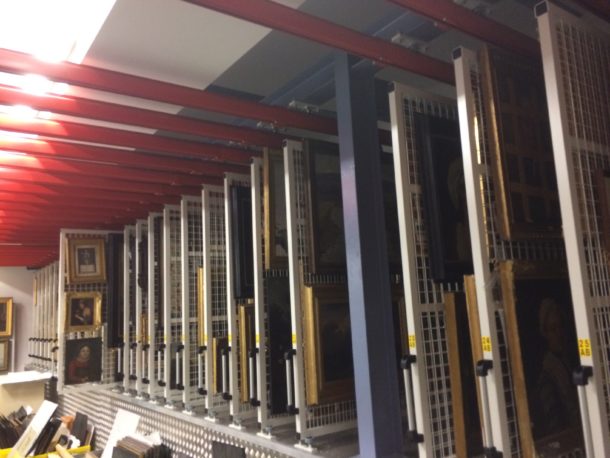
The Bowes Museum has around 1,500 paintings in its collection and has the largest collection of French paintings in the UK. This is largely down to its co-founder, Josephine Bowes, who before marrying industrialist John Bowes was a Parisian actress who collected a great deal of female portraits.
The museum also has a renowned collection of Spanish paintings, highlights of which will travel to the Wallace Collection in London for the Bowes’ 200th birthday in 2017.
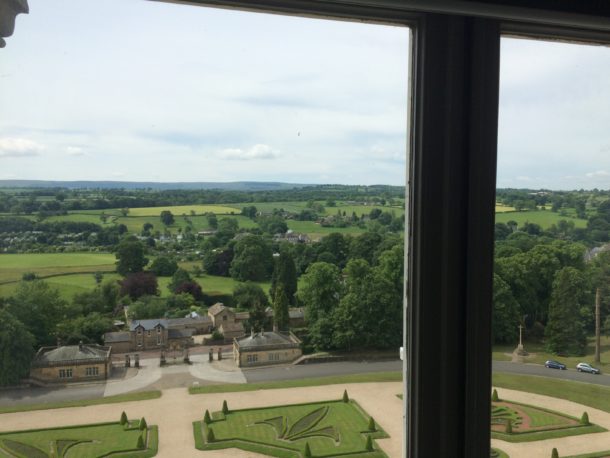
My visit also revealed some interesting discoveries about the V&A and the Bowes’ historic relationship. While the two institutions share similar DNA – both founded in the 19th century with similar collecting parameters and significant purchases made at the Great Exhibitions – the Bowes Museum has no records of correspondence with the V&A prior to 1950.
However, in the V&A archive we have correspondence which dates back a little further to 1926, when a set of lace in the Bowes’ collection was sent to the V&A for conservation work. The museum purchased samples of it for the Circulation Department in 1929. Until its closure in 1977, the V&A Circulation Department was responsible for loan shows that travelled to other museums and galleries as well as places of education, disseminating the history of art and design across the UK.
Most interesting was the following report from a Mr Kennedy on 10th February 1930:
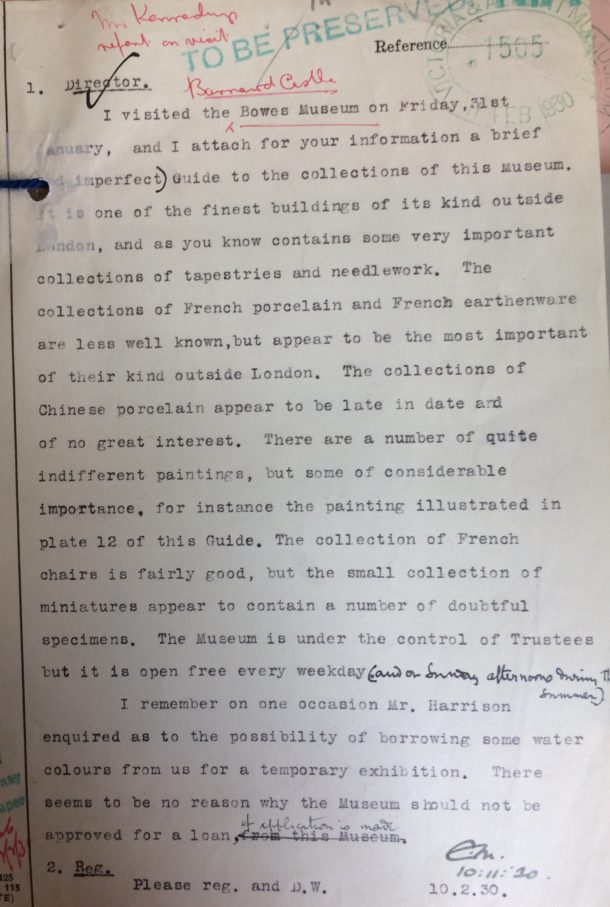
At the time, the V&A did not loan to institutions that were governed by trustees – only to those who were operated under local authorities.
However, an application to borrow watercolours was approved in May 1931 on the grounds that the Bowes was an Art museum which was ‘efficient, and open free daily to the general public.’
The loan which truly launched the lending relationship that stands today was the exchange of Chinese porcelain in the V&A’s collection for French porcelain in the Bowes’ collection in 1938.
This agreement, born out of a discussion between Bowes curator Mr Harrison and Mr Kennedy of the V&A sought to mutually enrich both museums’ collections across the country – a principle that still stands today.
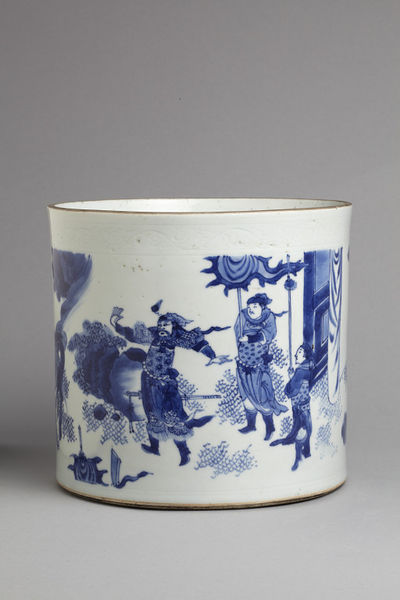
The Bowes Museum is free and open daily from 10:00am – 5:00pm. Find out more at their website: http://thebowesmuseum.org.uk/
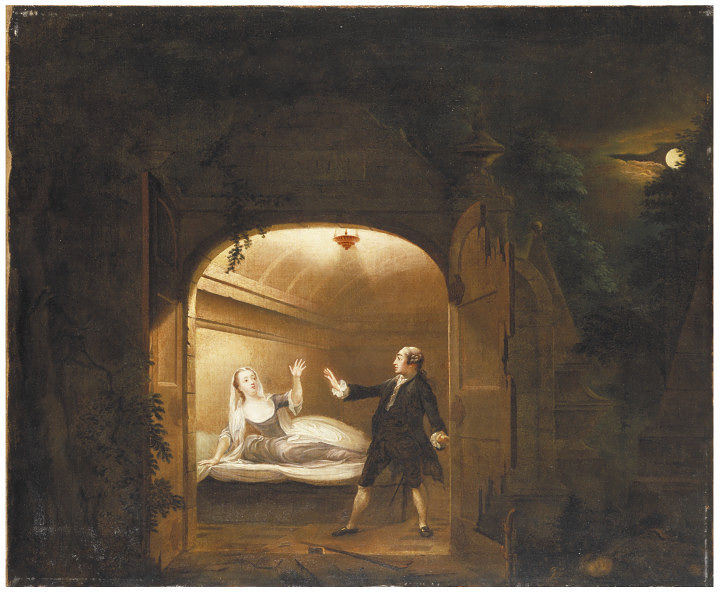
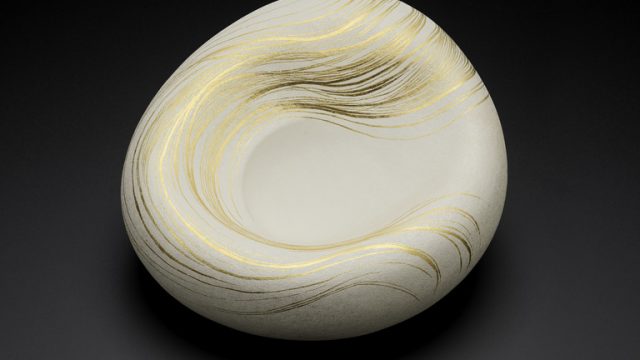
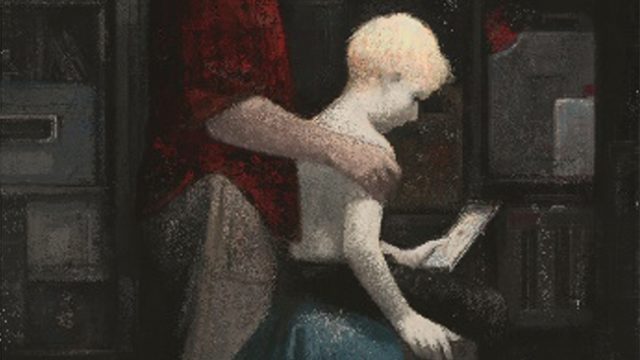

Amazing article about loan history!